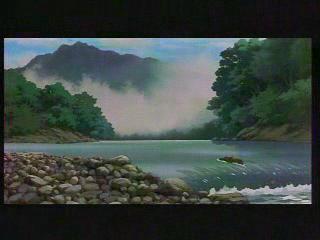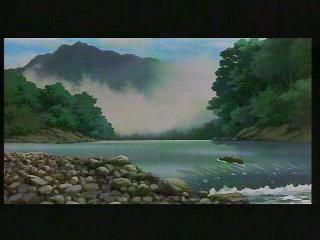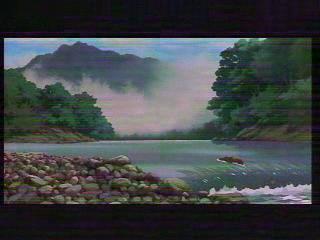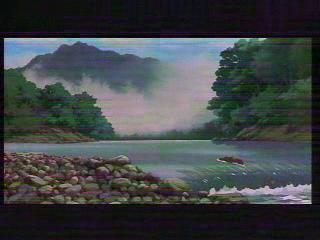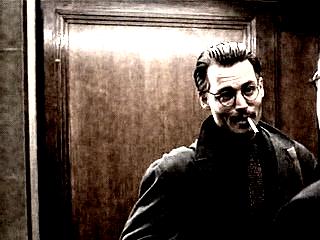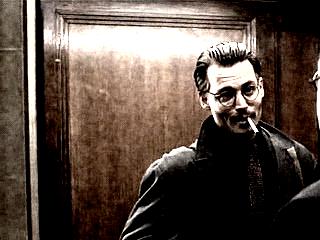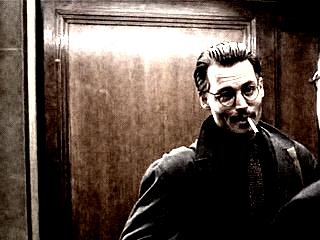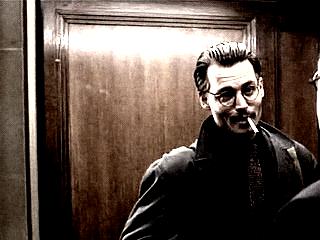Whats a scantable? A thing that tells you where to put the coefficients which you got from vlc/rle decoding, so for example with the famous zigzag table
0, 1, 8, 16, 9, 2, 3, 10,
17, 24, 32, 25, 18, 11, 4, 5,
12, 19, 26, 33, 40, 48, 41, 34,
27, 20, 13, 6, 7, 14, 21, 28,
35, 42, 49, 56, 57, 50, 43, 36,
29, 22, 15, 23, 30, 37, 44, 51,
58, 59, 52, 45, 38, 31, 39, 46,
53, 60, 61, 54, 47, 55, 62, 63
the first Coefficient would be written at position 0, the second one at 1, third at 8 and so on. As the destination array is a 8×8 matrix here this produces a nice zigzag from the top left corner to the bottom right corner, ordering the dct coefficients approximately from low frequency to high, and as the high ones are almost always zero the vlc-rle coding before ends up being quite effective, but back to the topic, what if we for whatever odd reason want to know if a binary contains such a table?
its quite easy to find such tables by brute force, their size is something like 16 or 64 entries with no duplicates and the first entry most often being 0 and none of their entries should be larger then the number of entries in the table, heres some (old) code which i wrote quite some time ago to implement this and a few other things
And now the interresting part, what do we find with this?
0 1 4 8
5 2 3 6
9 12 13 10
7 11 14 15
o-->o o-->o
/ / /
o o o o
| / / / |
o o o o
/ / /
o-->o o-->o
and
0 1 2 6
10 3 7 11
4 8 5 9
12 13 14 15
o-->o-->o o
| /|
o o o / o
| / | |/ |
o o o o
/
o-->o-->o-->o
(dual scan table ascii art stolen from libavcodec/svq3.c)
in drv3.so.6.0
note these tables are the 4×4 zigzag and dualscan tables from an old H.264 draft, so RV30 seems to be a H.264 variant like SVQ3
